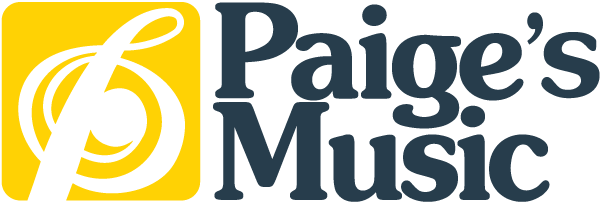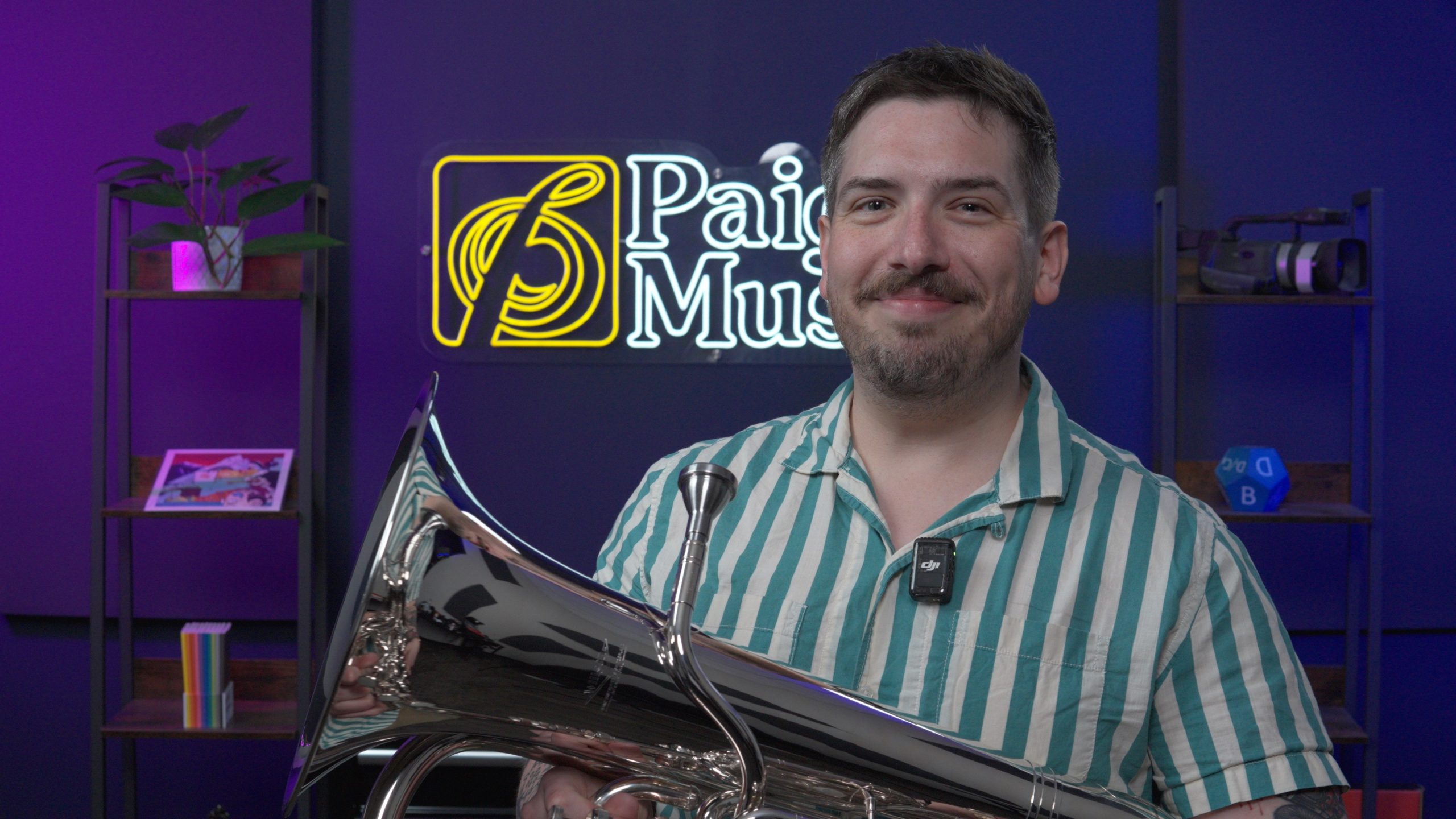The Mystery of the Euphonium: Understanding Its Dual Clefs
The euphonium is a unique and often misunderstood instrument, even among experienced musicians. Over the years, I’ve encountered many questions about it: Is it called a euphonium or a baritone? Why don’t we see euphoniums in orchestras? Should the bell face forward or up? Does it have three or four valves? And what exactly is a compensating euphonium?
One of the most intriguing questions, and the one we’ll explore today, is: Why is euphonium music written in both treble and bass clef?
Why Euphonium Music Uses Both Treble and Bass Clef
The use of different clefs for the euphonium is deeply rooted in tradition. In the U.S., euphonium players in school bands typically read bass clef music, aligning with the trombone, which shares the same range. This tradition continues in modern marching bands where trombones are often replaced by baritones or euphoniums, allowing players to transition smoothly without needing to learn a new clef.
In the orchestral world, the euphonium is a rarity, often referred to as the “tenor tuba.” When it appears, trombone or tuba players may switch to euphonium for specific parts, again benefiting from reading in the same clef without the need for transposition.
However, across the Atlantic in British brass bands, it’s a different story. Almost all brass instruments, from soprano cornet to BB-flat bass (tuba), read in treble clef, with the bass trombone being the sole exception. This uniformity simplifies switching between instruments and allows euphonium players to read music just as trumpet or cornet players do. The treble clef euphonium is transposed to B-flat, similar to the trumpet (technically an octave up, but let’s not split hairs).
The Benefits of Treble Clef in American Bands
In American concert bands, the treble clef euphonium offers a significant advantage. Students who start on the trumpet but struggle with its smaller mouthpiece can easily switch to the euphonium without learning a new set of notes. While there’s no hard data, this ease of transition has likely kept many students from quitting band altogether. This accessibility is one reason why both clefs remain prevalent in concert band euphonium parts.
Should You Learn Both Clefs?
So, is one clef superior to the other? The reality is that a proficient euphonium player should be able to read both treble and bass clef. This skill makes you versatile and ready for any challenge in rehearsals or performances. Additionally, knowing both clefs allows you to expand your repertoire by borrowing solos from other instruments. As a euphonium player, I’ve performed solos written for trumpet, trombone, bassoon, cello, and clarinet—all thanks to my ability to read both clefs.
Embracing both treble and bass clefs will make you the most adaptable musician in the band room. So dive into learning both, and you’ll find that it opens up a world of musical opportunities!


No Comments